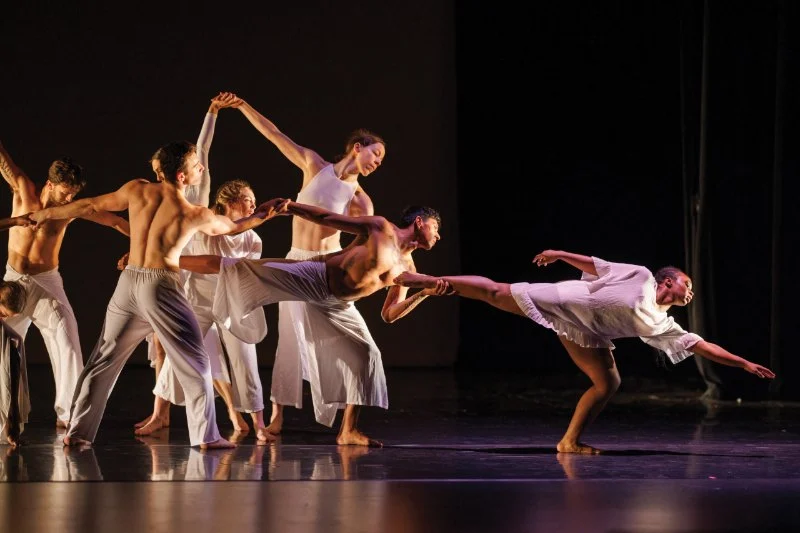
- 1. Origins of Contemporary Dance in the US
- 2. Early Pioneers of Contemporary Dance
- 3. Key Movements and Evolutions in Contemporary Dance
- 4. The Impact of Contemporary Dance on US Culture
- 5. Real-Life Case Study: The Rise of Contemporary Dance in Modern America
- 6. How to Get Involved in Contemporary Dance Today
1. Origins of Contemporary Dance in the US
Contemporary dance in the United States traces its origins back to the early 20th century, born out of a desire to break away from traditional ballet and explore more personal, expressive movement. It evolved as part of a broader movement in the arts to embrace more individual expression, breaking away from the structured confines of classical dance.
It was during the early 1900s when choreographers and dancers like Isadora Duncan and Martha Graham began experimenting with new ways of moving, incorporating elements of natural movement and modern music. These pioneers sought to express emotions and ideas through dance in ways that ballet had never allowed.
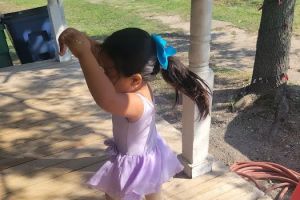
Steps of Faith Dance Studio / steps of faith celina
695 N Preston Rd Ste 180, Celina, TX 75009, USA
2. Early Pioneers of Contemporary Dance
The early 20th century saw the rise of several key figures who would shape the landscape of contemporary dance. These pioneers rejected traditional ballet and sought new forms of expression:
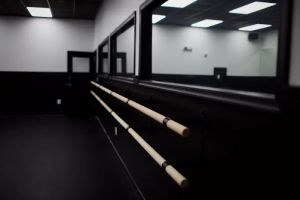
Class Act Performing Arts / class act studios
EdgewaterAnne Arundel CountyMaryland
161 Mitchells Chance Rd, Edgewater, MD 21037, USA
2.1 Isadora Duncan
Often called the "mother of modern dance," Isadora Duncan was one of the first to break free from ballet’s rigid techniques. She emphasized freedom of movement, inspired by the natural world and Greek art. Duncan’s revolutionary approach to dance included flowing costumes and barefoot performances, creating an expressive art form that was more about feeling and emotion than technique.
2.2 Martha Graham
Martha Graham is perhaps the most famous American choreographer in contemporary dance. Her style, known as "contract and release," was influenced by the breath and the human experience. Graham’s work was deeply rooted in psychological expression, exploring themes of personal struggle, mythology, and American culture. She helped establish contemporary dance as an academic and artistic discipline.
2.3 Merce Cunningham
Another significant figure in the development of contemporary dance was Merce Cunningham, who was a key figure in the postmodern dance movement. Cunningham’s work was characterized by the integration of chance and randomness, where movements could be chosen without regard for traditional narrative or emotional expression. He pushed the boundaries of dance by collaborating with composers like John Cage, experimenting with movement in unique and innovative ways.
3. Key Movements and Evolutions in Contemporary Dance
Contemporary dance evolved through a series of key movements and shifts that reflected broader societal changes. Each phase brought new ideas and techniques, influencing dancers and choreographers across the globe.
3.1 The Postmodern Dance Movement
In the 1960s, postmodern dance emerged as a reaction to the formalism of modern dance. It emphasized simplicity, often incorporating everyday movement and questioning traditional dance forms. This movement was led by dancers such as Yvonne Rainer and Trisha Brown, who sought to democratize dance, making it more accessible and less about virtuosity. Postmodern dance often rejected narrative and focused on pure movement, exploring the body’s relationship with space and time.
3.2 The Influence of Hip-Hop and Street Dance
In the 1980s and 1990s, hip-hop and street dance began influencing contemporary dance, particularly in urban settings. These dances, which had roots in African American communities, introduced new styles, such as breakdancing, locking, and popping. Over time, these movements were incorporated into contemporary dance, further diversifying the art form and creating new hybrid styles.
3.3 Contemporary Dance in the Digital Age
With the rise of the internet and social media in the 21st century, contemporary dance has become increasingly globalized. Platforms like YouTube, Instagram, and TikTok have allowed dancers to share their work instantly, influencing trends and sparking viral challenges. Social media has made contemporary dance more accessible, allowing dancers to gain recognition regardless of their location.
4. The Impact of Contemporary Dance on US Culture
Contemporary dance has had a profound impact on American culture, influencing everything from theater to film, music videos, and social media. It has allowed for new forms of self-expression and has become a vehicle for social change, addressing topics such as race, gender, and identity.
For example, choreographers like Alvin Ailey used contemporary dance to address African American culture, creating work that spoke to the struggles and beauty of the African American experience. Today, contemporary dance continues to be a powerful tool for storytelling, with choreographers exploring diverse themes and pushing boundaries.
5. Real-Life Case Study: The Rise of Contemporary Dance in Modern America
A contemporary dancer from Los Angeles, who started their career in the mid-2000s, participated in various styles before focusing solely on contemporary dance. By leveraging social media platforms like Instagram and YouTube, they gained exposure for their unique choreography and soon collaborated with well-known artists and brands. This success story is a testament to how contemporary dance has evolved and how technology has allowed dancers to thrive in new and innovative ways.
6. How to Get Involved in Contemporary Dance Today
If you're interested in exploring contemporary dance, there are many ways to get involved:
- Take Classes: Look for local dance studios or online platforms that offer contemporary dance classes. At Creative Edge Dance Studio, we offer a range of classes from beginner to advanced, allowing you to develop your technique and creativity.
- Follow Dance Influencers: Follow contemporary dancers and choreographers on social media platforms like Instagram and YouTube to stay inspired and learn new styles and techniques.
- Attend Performances: Watch live performances and dance festivals to see contemporary dance in action and learn from professionals in the field.
- Join Dance Communities: Participate in online dance communities, where you can share your work, receive feedback, and collaborate with others.
Whether you're a beginner or a seasoned dancer, contemporary dance offers endless opportunities for creativity and self-expression. With the right resources, like the classes at Creative Edge Dance Studio, you can develop your skills and explore the rich history and evolution of this dynamic art form.
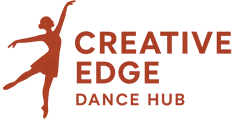

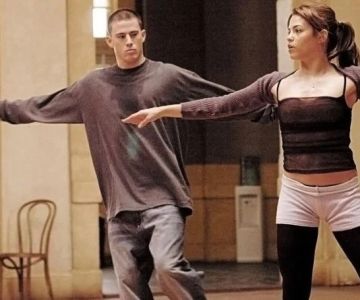
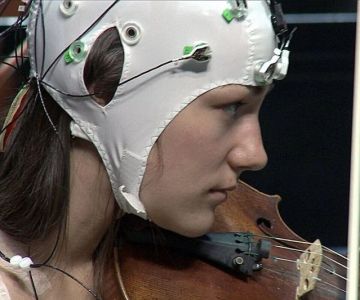
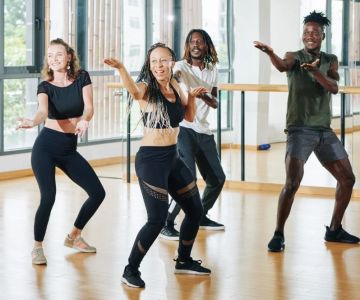

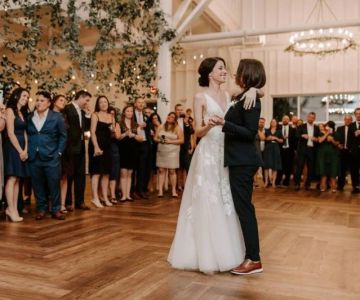
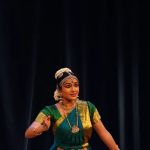 Sampradaya-Allen Home Studio5.0 (1 reviews)
Sampradaya-Allen Home Studio5.0 (1 reviews)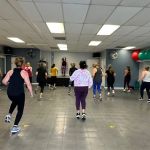 Jazzercise Foothills Studio4.0 (9 reviews)
Jazzercise Foothills Studio4.0 (9 reviews) Ballet Arkansas5.0 (30 reviews)
Ballet Arkansas5.0 (30 reviews)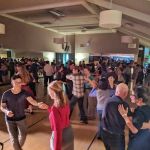 For Dancers Only4.0 (8 reviews)
For Dancers Only4.0 (8 reviews) Dance Works Unlimited4.0 (14 reviews)
Dance Works Unlimited4.0 (14 reviews) Blair Dance Academy4.0 (10 reviews)
Blair Dance Academy4.0 (10 reviews) My Experience of Teaching Dance in Schools — What I Learned About Kids
My Experience of Teaching Dance in Schools — What I Learned About Kids What is Popping and Locking? A Beginner's Guide to Funk Styles
What is Popping and Locking? A Beginner's Guide to Funk Styles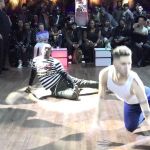 What is Vogue? Old Way vs. New Way
What is Vogue? Old Way vs. New Way The Best Ways to Recover Your Body After an Intense Dance Class
The Best Ways to Recover Your Body After an Intense Dance Class How I Learned to Teach Chair Dance for Seniors — My Story
How I Learned to Teach Chair Dance for Seniors — My Story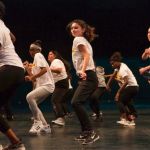 How to Give Back to the Dance Community as a Student: Tips & Ways to Contribute
How to Give Back to the Dance Community as a Student: Tips & Ways to Contribute